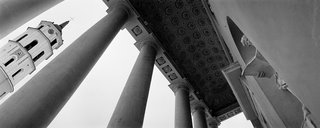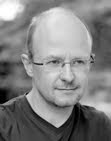Identity crisis?

Ireland has a lot to offer. Its glorious countryside and splendid coastline have seduced countless photographers. I am thinking off, recently, Jill Freedman, Agnes Pataux and Jean-Pierre Gilson. But rapid economic development has catapulted the country from its agrarian, deeply religious past into the 21st century. The Celtic Tiger continues to boom, pulling in increasing numbers of foreign investment funds and workers.
But when travelling through the country it is obvious that the Tiger suffers too. Rampant consumerism, obesity, urban sprawl, overstretched traffic and public transport infrastructure, astronomical housing prices, environmental stress. It's all on the menu. Did you know that the Irish drive their cars more than Americans do? What certainly leaps to the photographic eye is how new housing developments are transforming the country. 30% of the housing stock dates from later than 1990. The effect of that transformation is visible also in remote parts of the country, such as Dingle peninsula.
The picture above was taken in the area of Ballydavid. It is a perfect example of the soulless architecture and culture that is invading the island. In contrast with the bucolic surroundings, the sterility is chilling ...
Interesting background reading on Ireland's identity crisis is the book "Chaos at the Crossroads" by Frank McDonald and James Nix, Gandon Editions, 2005.




